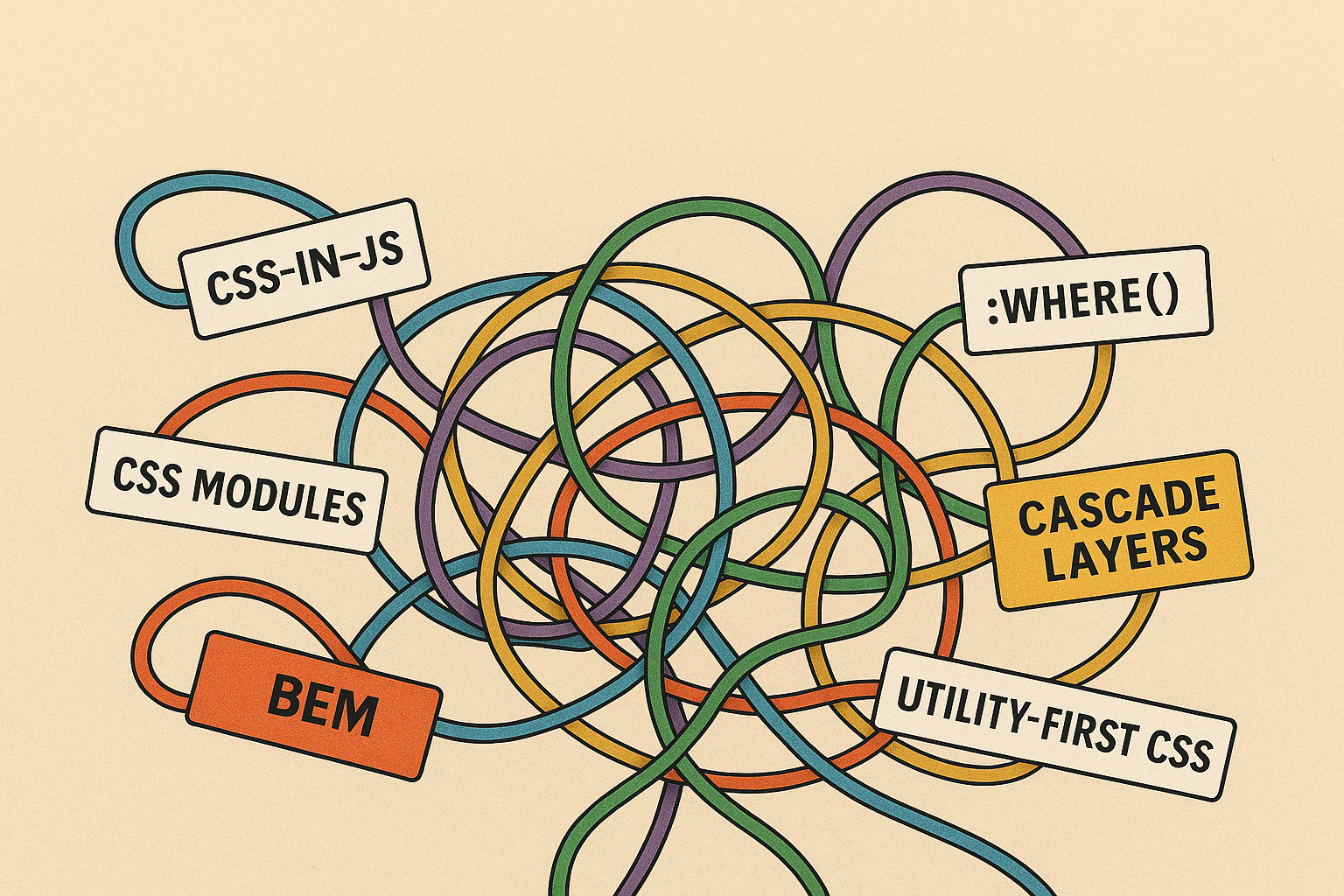AI Is Just the Latest Frontend Killer. Don’t Panic.

Den Odell 9 July 2025 · ⏱️ 6 min read


Den Odell 9 July 2025 · ⏱️ 6 min read
Apparently, frontend developers are about to be made obsolete.
AI can scaffold a site from a prompt, restyle it mid-conversation, and write tests it will never have to maintain.
It’s fast. It’s confident. And according to some, it means we’re done here.
This all sounds very familiar.
The first time I saw an AI coding assistant write a React component, I paused.
It used the right hook. Destructured props neatly. Even remembered the aria-label.
Well, I thought, there goes the frontend job market.
But the more I used it, the more I tried to hand it real work, the more it missed the mark. It was fast, yes. But shallow. Confident, but clueless. It could write code, but not the right code. Not in the way I needed it.
And that’s when it clicked: the risk isn’t that AI will replace frontend jobs. It’s that it will replace the ones that were already replaceable.
AI coding assistants are great at scaffolding UIs, rewriting code, even generating decent boilerplate for common components. But they don’t know why one pattern is better than another. They don’t care about CLS or INP or how something feels when a user taps it on a laggy phone. They don’t push back when 300kB of JavaScript bloats the homepage.
Frontend engineering isn’t just building. It’s choosing. Tuning. Diagnosing. Holding the line when product wants “just a quick popup” and you know it’ll tank performance.
I’ve seen the posts.
AI tools generating complete sites in a single session. Pixel-perfect designs from a few prompts. “Production-ready” apps without a line of hand-written code.
And yes, it’s impressive. The scaffolding is faster than ever. The demos look clean.
But when you try to scale them, test them, or make them fast, accessible, and reliable across real devices and real users?
That’s where the job actually begins.
And that’s not something I trust a code generator to own.
I still write code, of course. But I also…
aria-describedby before it hits QAThese aren’t things I want to outsource. They’re the job.
I do use AI. It helps me prototype faster, summarize unfamiliar APIs, and draft tests I’d rather not write by hand. Sometimes it even surprises me with a pattern I hadn’t considered.
But I never copy anything I don’t understand. I don’t ship what I wouldn’t explain.
I’ve done on-call. I’ve supported real users at real scale. And I can tell you, I wouldn’t want to be the one debugging production issues in code I didn’t fully understand, especially not at 2am. If AI wrote it, I need to own it before I ship it.
The responsibility, the judgment, is still mine.
I’ve been building for the web professionally for 25 years. That’s long enough to have watched entire tech stacks rise and fall. From table layouts to Flash to jQuery to SPAs to server-first rendering and back again.
And I’ve seen the “death of frontend” declared more than once.
When Dreamweaver promised you’d never need to write HTML again.
When Flash and Silverlight tried to replace the browser.
When JavaScript frameworks told us the DOM was obsolete.
When no-code tools promised designers wouldn’t need developers.
Now it’s AI’s turn.
Each time, the pitch was the same: this new thing writes the code for you.
But the complexity didn’t go away. It just shifted.
And the need for people who understand users, performance, and systems never disappeared.
So what’s different this time? Not much. Just the speed, and the hype.
AI is better than the tools that came before it. No question.
But the fundamentals of great frontend work haven’t changed: fast interactions, inclusive experiences, clear architecture, systems thinking.
We debug the weird bugs. We balance performance with design.
We build for everyone, not just the fast, the lucky, or the local.
That’s what real frontend engineers do.
That’s what I do.
And I’m not planning to become obsolete anytime soon.
UPDATE 21 Aug 2025. An updated, extended version of this article can be found on Hacker Noon: https://hackernoon.com/ai-wants-to-kill-the-frontend-developer-it-wont-work
💬 Join the discussion
Continue the conversation on your favourite community.
🔗 Share this post
Spread the word wherever you hang out online.

We keep changing how we style the web, but the real problem isn’t CSS. It’s how we build around it. Read more →

Loading spinners. Hydration delays. 300kB for a blog post. There’s a better way to build the web. Read more →

The early web had no layout system. No CSS. So we improvised, slicing, stretching, and nesting our way to structure. Read more →
Frontend engineering, technical decisions, web-native patterns. Monthly.
Join developers from Google, Microsoft, and Stripe.